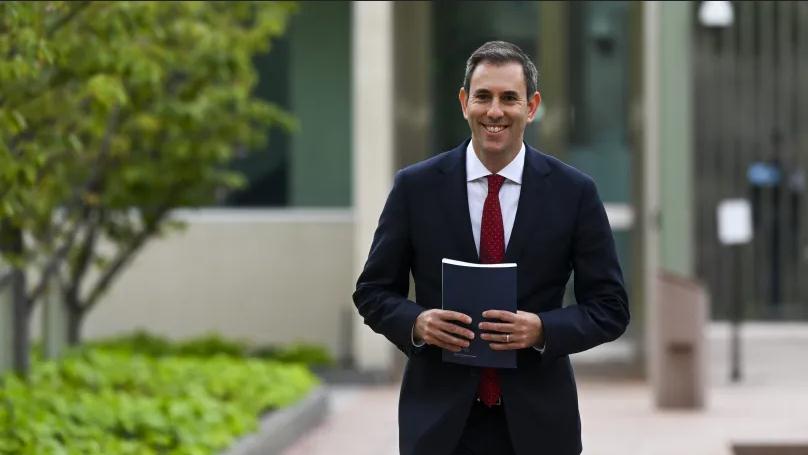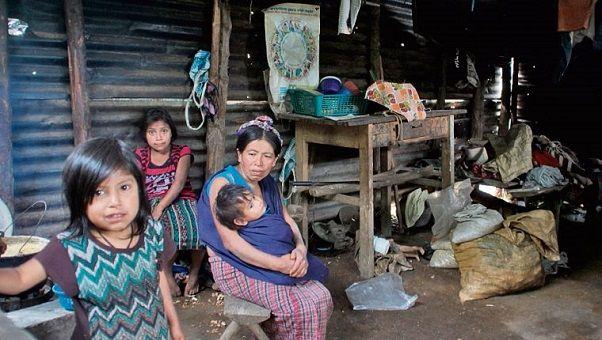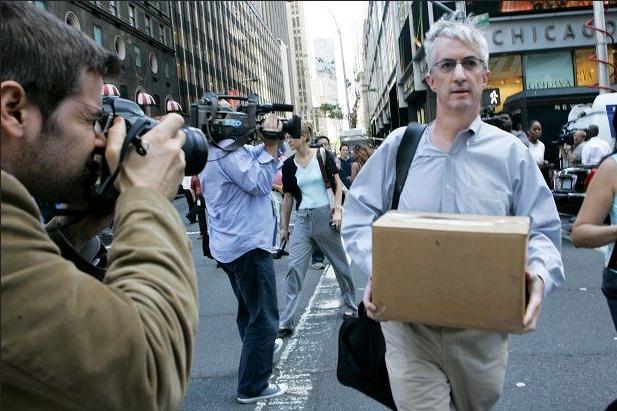Trade policy is an “umbrella term” that describes the regulations and policies that dictate how companies and individuals in one country should conduct trade with companies and individuals in other countries. Trade Policy is sometimes known as trade policy, or international trade policy.
Understanding the concept
Trade policy is one of the most fundamental purposes of government. In the United States, the administration of trade policy is a role that the federal government has assumed since the founding of the country, with tariffs on imported goods being the main source of financing for the federal government from the beginning of the formation of the nation until the beginning of the twentieth century.
Tariffs, or taxes for the sale of foreign goods to be permitted in the receiving country, are just one element of trade policy. Other policies that fall within the definition of trade policy include import quotas, export curbs, and restrictions on international companies that want to operate within the country. Another important element of trade policy is government subsidies to certain national industries, which make it possible for these sectors to compete much better against their counterparts at the international level.
Trade policy in the United States
Trade policy has been the primary concern of American politicians, even before the founding of the country. According to economist Douglas Irwin of Dartmouth University, “U.S. trade policy has been directed toward achieving three main objectives: increasing revenue for the government by taxing imports; restricting imports to protect domestic producers; from foreign competition, and reach reciprocal agreements with other countries to reduce trade barriers and expand exports.
Douglas Irwin explains that these goals sometimes conflict with each other. For example, it is impossible to increase tariffs to protect domestic industries and at the same time pursue a reciprocal policy of another country opening itself to the nation’s exports. Although there have always been institutions within the United States that have advocated for one type of trade policy or another, it is generally the case that for the first third of American history, trade policy was aimed at increasing tax revenues. From the Civil War to the Great Depression, trade policy had been broadly directed at protecting domestic manufacturing industries, and in the decades following World War II, there was a bipartisan consensus toward free trade, lowering tariffs reciprocally with others. nations in an effort to open markets for American producers.
Donald Trump’s trade policy
Since the election of Donald Trump as US president in November 2016, US trade policy has changed again, as the White House is seeking to repurpose trade policy to protect domestic industry. However, the effects of this new political effort are uncertain. As the international economy has become more globalized, many companies and production chains are distributed throughout the world, making the effects of new (and sometimes higher) tariffs difficult to predict.
Since 2018, China has been the subject of a US trade policy that aims to impose tariffs on imports from that country to the United States. Financial experts fear that this policy will end up generating lower confidence among US consumers, who would have to pay more for imported goods.
Trade agreements
Trade agreements with other nations are an important part of a nation’s trade policy. Barack Obama’s administration widely promoted free trade and its benefits, trying to reach agreements in this direction with European countries and countries located on both coasts of the Pacific Ocean. The first agreement was the Transatlantic Trade and Investment Partnership, which sought to strengthen the European Union’s trade with the United States, but from which President Donald Trump withdrew, seeking to negotiate trade agreements individually with each nation. The second agreement was the Trans-Pacific Partnership; Currently this agreement has the association of eleven nations, since the United States withdrew from it in 2017, when Donald Trump decided that he would not be part of it.
As a corollary, it is added that Donald Trump has also withdrawn from the trade agreement with Canada and Mexico (NAFTA), seeking to establish terms for a new treaty.
The arrival of Donald Trump to the White House has meant a change in trade policy, in the sense that there is now much less trust in free trade and globalization. In this sense, economic liberalism (in terms of international trade) is being replaced by a type of neomercantilism in which each country must seek to increase its international market position by surpassing other nations in terms of trade surplus.
Trade policy of the European Union
The European Union has made progress in terms of a commercial union, establishing a common customs system, where tariffs on imports of all goods arriving from other countries are unified, as well as eliminating trade barriers within the member countries of the Union. .
In terms of trade agreements with other nations, the European Union negotiates jointly, for which nations cede part of their sovereignty to Union bodies so that trade agreements are established that are considered best for the whole.
Currently the European Union subsidizes its agricultural production, making this sector more competitive internationally and domestically than that of other nations.
In 2019, Europe has been negotiating a trade agreement with the nations of the Mercosur Block (Argentina, Bolivia, Brazil, Uruguay, Paraguay), but many farmers fear that the arrival of agricultural products from South America to the European Union could mean the extinction of sectors. entire agricultural sectors of the Union. Although this agreement would give greater access for South American products to enter Europe, countries like France want to block it due to the negligence with which the Brazilian government has handled the 2019 fires in the Amazon.
Chinese trade policy
Since joining the World Trade Organization in 2001, China has sought to integrate more into international trade, opting for outward economic liberalization, achieving a trade surplus with the rest of the world. That is, exporting more than it imports. This has allowed great development of Chinese industries, especially in areas such as manufacturing and technology. Due to this growth, China has come to be called “The factory of the world.”
African trade policy
Since March 21, 2018, African countries signed a joint free trade agreement that seeks to reduce trade barriers to boost the growth of their economies and stop depending on markets such as Europe and China.











